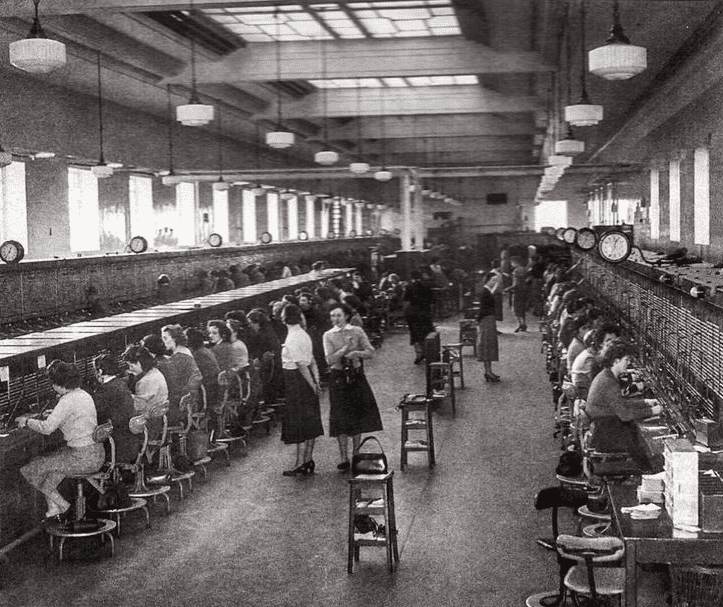The wired telephone became an important invention of mankind. The new technology was successfully applied in everyday life and contributed to further progress. The first telephone set in Birmingham appeared in 1879 and was owned by Henry Piercy. Learn more at birmingham-future.
Privilege of the rich
The first phones were an expensive pleasure. Therefore, at first, they began to appear in rich homes. Henry Piercy is credited with the introduction of the telephone among residents of Birmingham. Before the city had its first public telephone exchange, Mr Piercy persuaded a dozen Birminghamians to join his network for £10 a year.
The first major telephone company was called the Midland Telephone Exchange Company. It was located on the corner of New Street and Stephenson Place. In a year, the company opened its offices in Aston, Wolverhampton, Smethwick and other places.
Despite the efforts of the Midland Telephone Exchange Company to bring telephone service to every home, their progress was slow. In 1882, they attracted only a hundred customers. Still, it was also a kind of progress at that time. The Midland Telephone Exchange Company moved to another office on the corner of Bennetts Hill and Colmore Row.

They were located in the building’s attic, quite an advantageous location. After all, they used overhead lines for communication at that time and it was easier to access them through the roof.
Despite the convenience of overhead lines, Birmingham became the first city in the world to lay an underground cable. It happened in 1883. It was laid under Bennetts Hill and Great Charles Street.
Problems of the first subscribers
In the 21st century, we can easily call the other side of the planet using our modern smartphones. We just need to touch the screen a few times. But in the 19th century, telephone subscribers had to go through a whole quest.
At that time, there were female telephone operators who connected the two subscribers. If you wanted to call someone, you had to contact the exchange first. For that, the people of Birmingham had a wooden box with a white button hanging on the wall next to the telephone. Next, you had to say the name and surname of the person you wanted to call and their phone number. Only then the operator established a connection. After the end of the conversation, the operator had to be informed about it. This process was difficult and increased the waiting time.

In addition, there were problems with remembering the numbers. After all, there was no common city directory until 1886 and the first one consisted of 614 numbers. At first, there were phone numbers of various businesses and shops, mainly those partnering with the telephone company.
In 1887, the company’s activity was going as well as possible. It moved to a nice building at 19 Newhall Street. Later, it became the Central Exchange. It had 60 operators who earned more than 30 shillings a month.
The number of telephone exchanges continued to grow. It allowed them to cover a larger area and connect even more people to the telephone network. In 1938, there were 34 such exchanges. Then people had to tell just the three letters of the exchange name and the subscriber number. Telephone codes and full telephone numbers were put into use only in 1966. Before that, the subscriber’s number consisted of three or four figures.
The codes of the telephone exchanges haven’t changed much since then. Even in the 21st century, if you want to use the city telephone network, you have to dial the code of the telephone exchange and then the number of the subscriber.
With the invention of cellular communication, landline phones went into oblivion. However, their invention had a significant impact on all of humanity. Sometimes, it even played a key role in historical events.